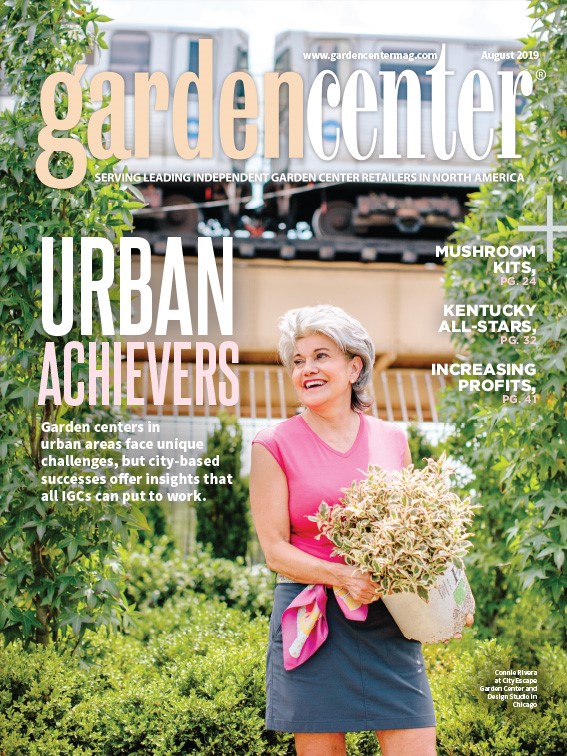


Van Wilgen’s Garden Center has carried Endless Summer Collection hydrangeas by Bailey Nurseries since the launch of the collection’s first product, The Original, 15 years ago.
“At the beginning, there was high demand,” says Vice President Ryan Van Wilgen. “Through the years, their popularity grew and customers pretty much only asked for [Endless Summer] instead of a lot of the old varieties we used to carry.”
Van Wilgen’s shifted its focus from wholesale to retail in the early 1990s because they sought to connect more directly to customers. “That’s where our passion lies,” he says. Van Wilgen’s is a grower as well as a retailer, and the quality of Endless Summer convinced the garden center to carry the hydrangeas.
“Traditional hydrangeas would need to produce a stem, produce a bud and then flower the next year, where the Endless Summer can produce a stem and a flower in the same season,” Van Wilgen says. “The flower power is much more prolific and more reliable.”
Van Wilgen also praises Endless Summer hydrangeas for their incredible resilience.
“They’re easy to maintain. They’re going to get a bloom whether you have a bad winter or a good winter,” Van Wilgen says. “With Endless Summer, it’s really easy to say that no matter what, you’re going to get flowers.”
Van Wilgen also notes that the people behind Endless Summer at Bailey Nurseries are the utmost professionals.
“As far as [suppliers], they’ve been great,” he says. “We’ve approached them about going in as partners in a few projects, and they were very amicable and great to work with. We even hosted an event here last summer where they had Dr. Michael Dirr, the [hybridizer] of the Endless Summer line, do a talk. We drew 500 people in the middle of July on a rainy day. So, that speaks high praises indeed. We sold almost 300 hydrangeas that day alone.”
Van Wilgen adds that Endless Summer is the best-selling variety that he carries. “People in New England love the beautiful blue flower,” he says. “It reminds them of Martha’s Vineyard, Nantucket, and the shoreline, so people just love it.”

Explore the August 2019 Issue
Check out more from this issue and find your next story to read.
Latest from Garden Center
- GS1 US Celebrates 50-Year Barcode 'Scanniversary' and Heralds Next-Generation Barcode to Support Modern Commerce
- Weekend Reading 7/26/24
- Retail Revival: Making gardening contagious
- ‘Part of our story’
- Registration now open for Garden Center Fertile Ground Webinar Series
- Dramm introduces new hose, sprinkler attachments for home gardeners, nurseries
- Meet the 15 Retailers' Choice Awards winners from Cultivate'24
- 2024 Top 100 Independent Garden Centers List





